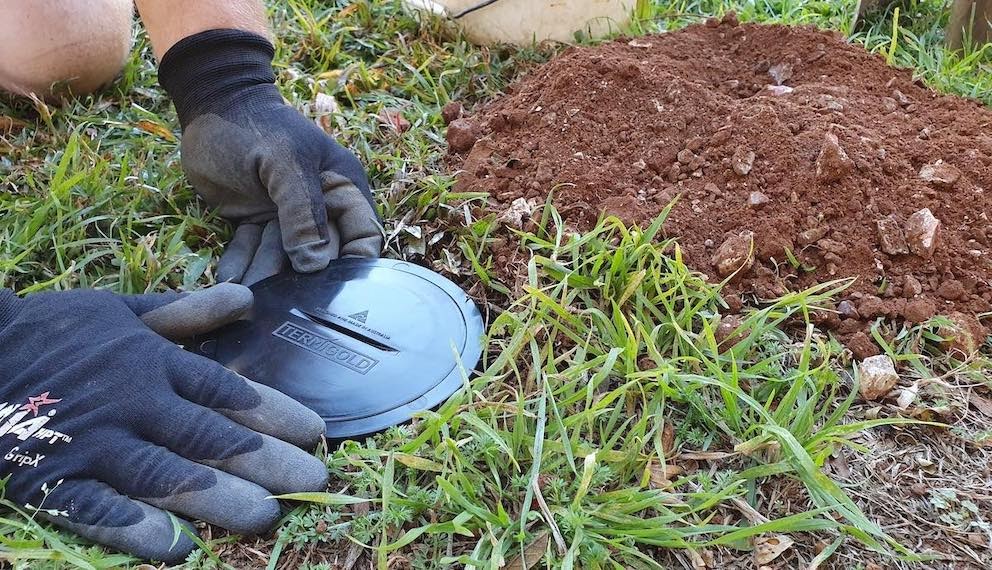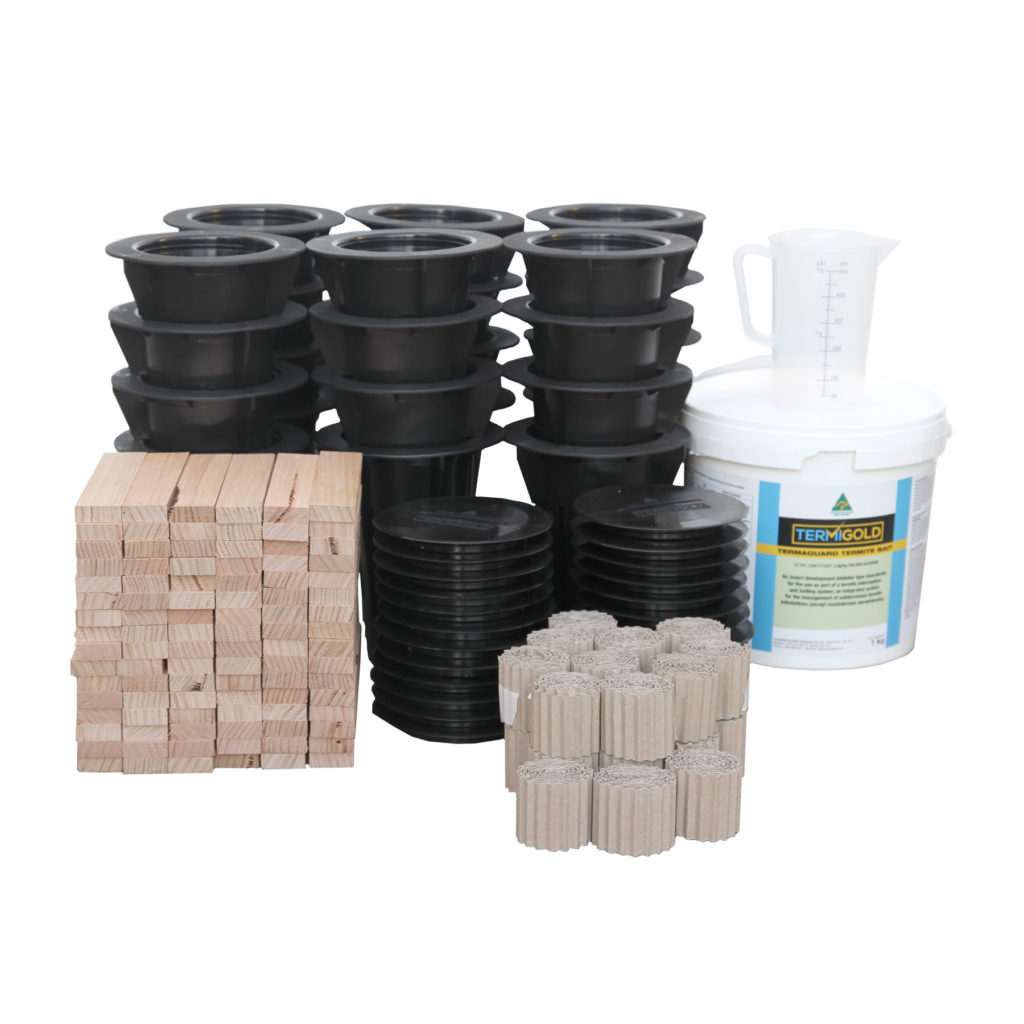For most people, their home is the most important asset they’ll ever own — it’s the place where we spend time with the ones we love, build memories to cherish for a lifetime, our own personal sanctuary. For these reasons and many more, it’s something we invest a great deal of time and effort in to protect. Devastatingly, termites cause $5 Billion of property damage annually in Australia, which is more than that caused by fires, floods and storms combined.
The notoriety of these pests has led to an increase in preventative measures, in particular, termite monitoring systems, which is a simple and affordable method of preventing termite infestations. In this blog, we’ll discuss how to use your termite monitoring system just like the professionals, so you can ensure your home is protected.
What is a Termite Monitoring System?
A termite monitoring system, also known as a termite bait station, is a means of tracking termite activity around the perimeter of the home. The termite monitoring system is easy to set up and kits come in a range of sizes. Kits have bait included which should last about a year depending on the size of the colony and their feeding habits. Kits also include Tasmanian Oak timbers, cardboard spreaders, recycled nylon stations and lids.
How Does It Work?

In order to understand how it works, it’s important to learn a bit about termites. Not all termite species eat wood, however, those that do can quickly become a destructive pest in buildings and other wooden structures. They feed on the cellulose, sugars and starch contained inside the wood and colonies can grow into the millions.
The termite monitoring system initially attracts the termites using a combination of timber and cardboard. Our systems use Tasmanian Oak timbers because it is one of the most palatable timbers that termites enjoy and it’s also long-lasting because it’s a hardwood. The cardboard spreader acts as an insert to separate the timbers and also contains high levels of cellulose.
To use a termite monitoring system, start by installing the system around the perimeter of the building. Check the system every four weeks and when you discover activity, apply the bait over the top of the wood. Re-bait it every 3 weeks as it only spreads when the termites are moulting and timing varies depending on their feeding habits and the size of the colony. It may take a few months for the termite colony to be completely exterminated.
Remember, it’s important to be patient throughout the whole process, so resist the urge to check before the three weeks is up to ensure they take the bait and you see results faster. Although it’s rare, you might find they aren’t taking the bait, so check here to find possible causes.
Deciding the Kit Size

You might be wondering, how many termite monitoring systems do I need to set up in order for it to be effective? The solution is rather simple — Measure the linear meters around your home and divide by three.
No matter where you live, whether it’s a townhouse in the city or detached family home in the suburbs or even rural property, there’s a Termite Monitoring System kit size to suit your property. We offer 12, 24, 36, 48, 60 packs or we can organise a custom order for you. Bait stations come with approximately 1 year worth of bait. Once you run out, it’s easy to order the next year’s supply so you have ongoing protection.
Support Whenever You Need It
Whilst we’ve done our best to make the kit simple to install, it may still seem intimidating for those that have never done it before, and that’s completely understandable. If you have a question concerning a product and how to use it or feel like you need some extra advice, check out our Tips & Tricks or Frequently Asked Questions because we have a collection of resources to ensure you get the most out of your termite monitoring system. Even still, you can always Contact Us directly and our professional technicians will be able to help.